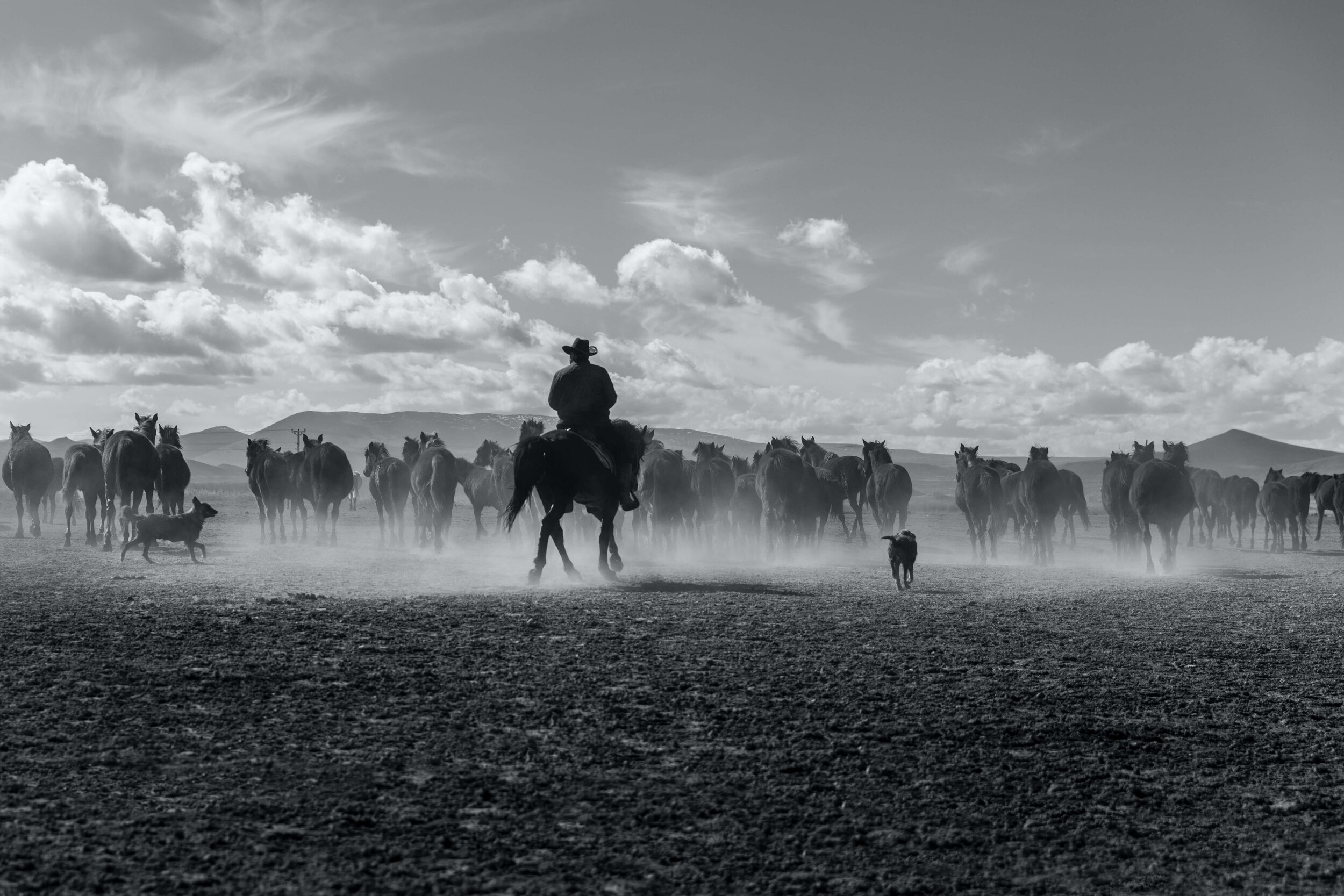Why a Second Rodeo?
Among the notes for his unfinished final novel, The Last Tycoon, F. Scott Fitzgerald scrawled, “There are no second acts in American lives.” With all due respect to one of our great mEn of letters, we call bullsh*t. We think the second act is where it’s at.
We call it your Second Rodeo but the principle is the same. Some people are content to do their thing, then retire to the golf course or the rocking chair. No judgment. We just believe a lot of people would like to experience (at least) two different lives in one lifetime. Here are a few examples.
Not that long ago, Bill Gates was the entrepreneur’s entrepreneur. He founded and grew one of the world’s most successful companies. And he did it with an obsession, never taking vacations, even memorizing license plates to see which employees were committed enough to work weekends.
On January 13, 2000, the world’s richest man announced he was stepping down as CEO of Microsoft. Eleven days later, he had combined all his charitable endeavors into the Bill and Melinda Gates Foundation, with the premise there is “equal value in all lives,” and threw five billion dollars in the pot as a little seed money.
Twenty-one years later, he’s arguably the world’s greatest philanthropist. He regularly challenges the world’s richest people to give away most of their wealth. People who know him say Bill 2.0 is infinitely kinder, more patient, and altruistic than Bill 1.0.
Jane Goodall spent fifty years studying chimpanzees as one of the world’s premier primatologists. Then, at the age when most people start their retirement, Dr. Goodall chose to become one of the world’s most prolific conservation activists, regularly traveling 300 days a year to address the environmental, cultural, and political dynamics that have destroyed vast swaths of chimpanzee habitat. One of her primary audiences is young people, preparing them for the day they become leaders in their countries. Approaching 87, her message is not one of gloom and doom, but of hope.
Jimmy Carter was the 39th president of the United States. When he lost re-election, he left politics to create the Carter Center at Emory University. Their mission is “waging peace, fighting disease, and building hope.” His work led to a Nobel Peace Prize in 2002. At 96, he is still actively involved in construction projects for Habitat for Humanity, a non-profit he’s supported for decades.
These are just a few examples of what can happen when successful people intentionally pursue lives of significance. I know, these examples can be intimidating. And yet we need concrete examples of what is possible. In all three examples, the focus of their Second Rodeo is on others, not on self. Their priority is on giving, not taking.
If you had no limitations, how would you change the world? You don’t have to answer that on your own. We’re here to equip, enlighten and support you in discovering your best life yet, your Second Rodeo.
Note from Ed: A few months after this article was posted, news outlets began reporting details of the very public divorce of Bill and Melinda Gates, including allegations of past infidelity. I debated removing this post, but believe the specific example of how Gates reinvented himself as a philanthropist still stands. I trust most readers are able to learn from a specific example without needing to view the person as a role model in all aspects of life.


